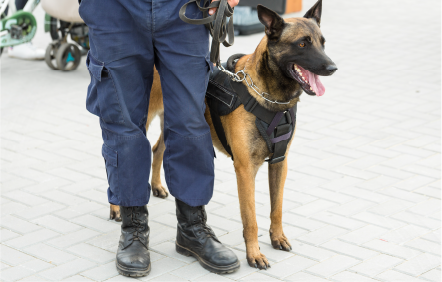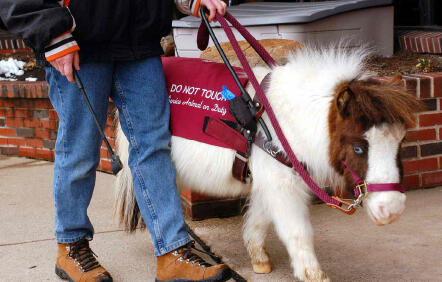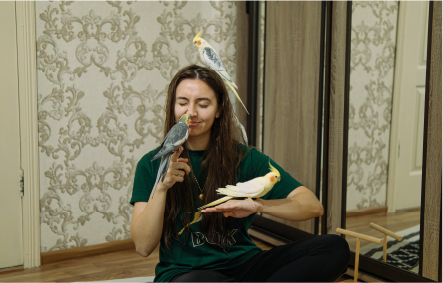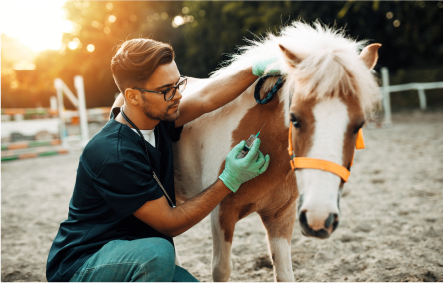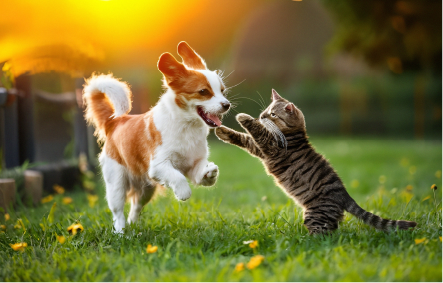An Interesting Animal Story
Credit: Lucy Freeman & BBC Earth

Sergeant Stubby
In 1917, a small stray mongrel puppy appeared in the training area of the 102nd infantry, near Yale, USA, where the Yankee Division was preparing for action in World War I. Christened Stubby by the soldiers because of his short tail, the puppy soon integrated himself into the ranks. His comrades taught him to “salute”, he learned bugle calls, and was allowed to join the soldiers on the front line.
After being caught in a gas attack, he recognised the smell the next time it happened and was able to wake and warn the sleeping soldiers. He also caught a German soldier in the trenches by biting and holding him until relief arrived, and was adept at finding wounded soldiers, too. By the end of the war, Stubby had served in 17 battles, and was awarded lifetime membership of the American legion, as well as a gold medal for heroism commissioned by the Humane Education Society.
Healing Animals
Therapy animals, from dogs to miniature ponies, are becoming a common sight in hospitals, hospices, and prisons. Petting an animal releases endorphins (feel-good neurotransmitters), which can have a positive impact in patients dealing with depressive disorders, whilst caring for animals helps develop empathy and nurturing skills.
It’s also been found that incidents of restlessness, confusion and violent behaviour are reduced among people with dementia following the introduction of animal therapy programmes. In some UK prisons, therapy dogs are used, and inmates at HMP Foston Hall look after a loft of ex-racing pigeons. This gives the prisoners a distraction and a focus, helping them reintegrate into society afterwards.


